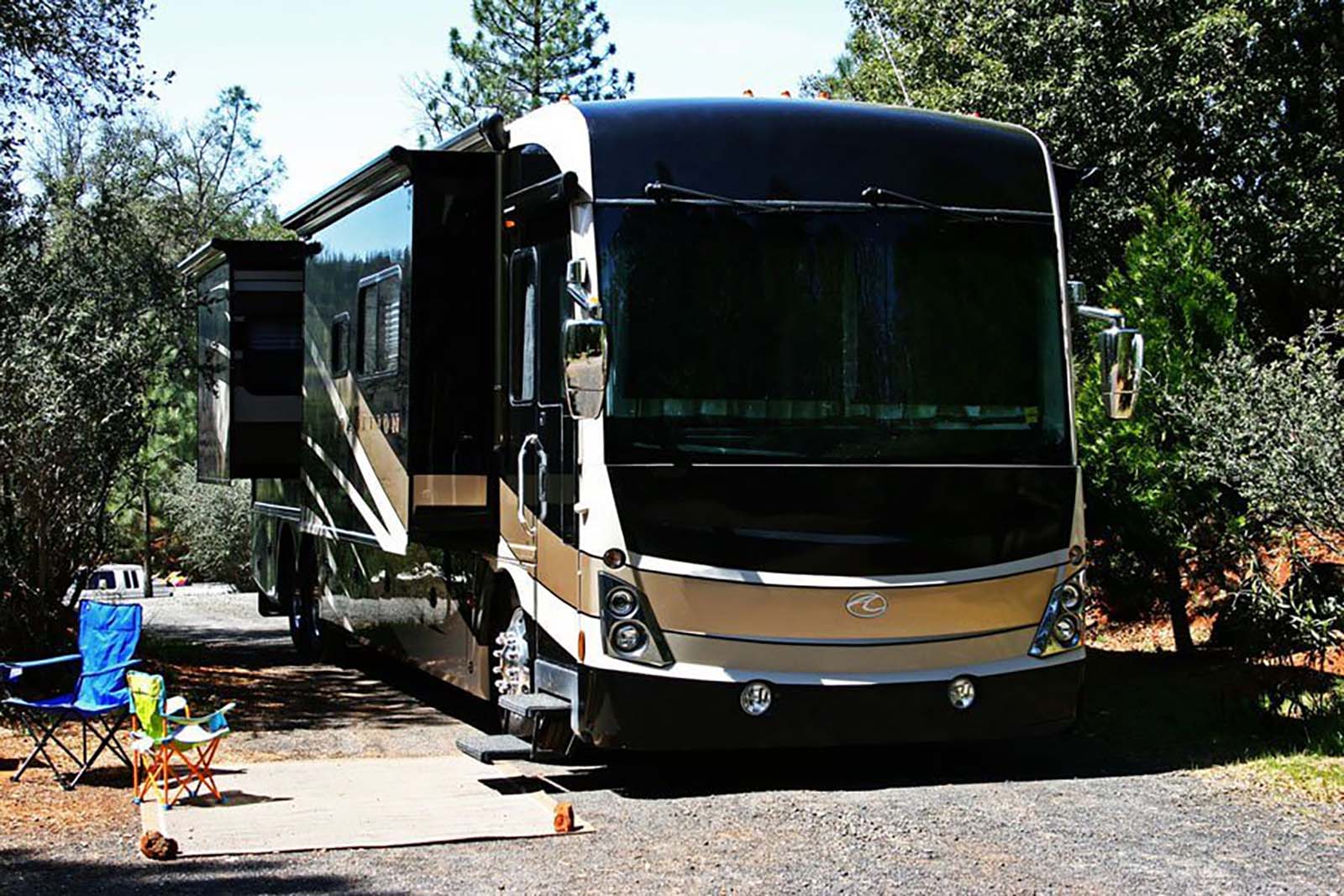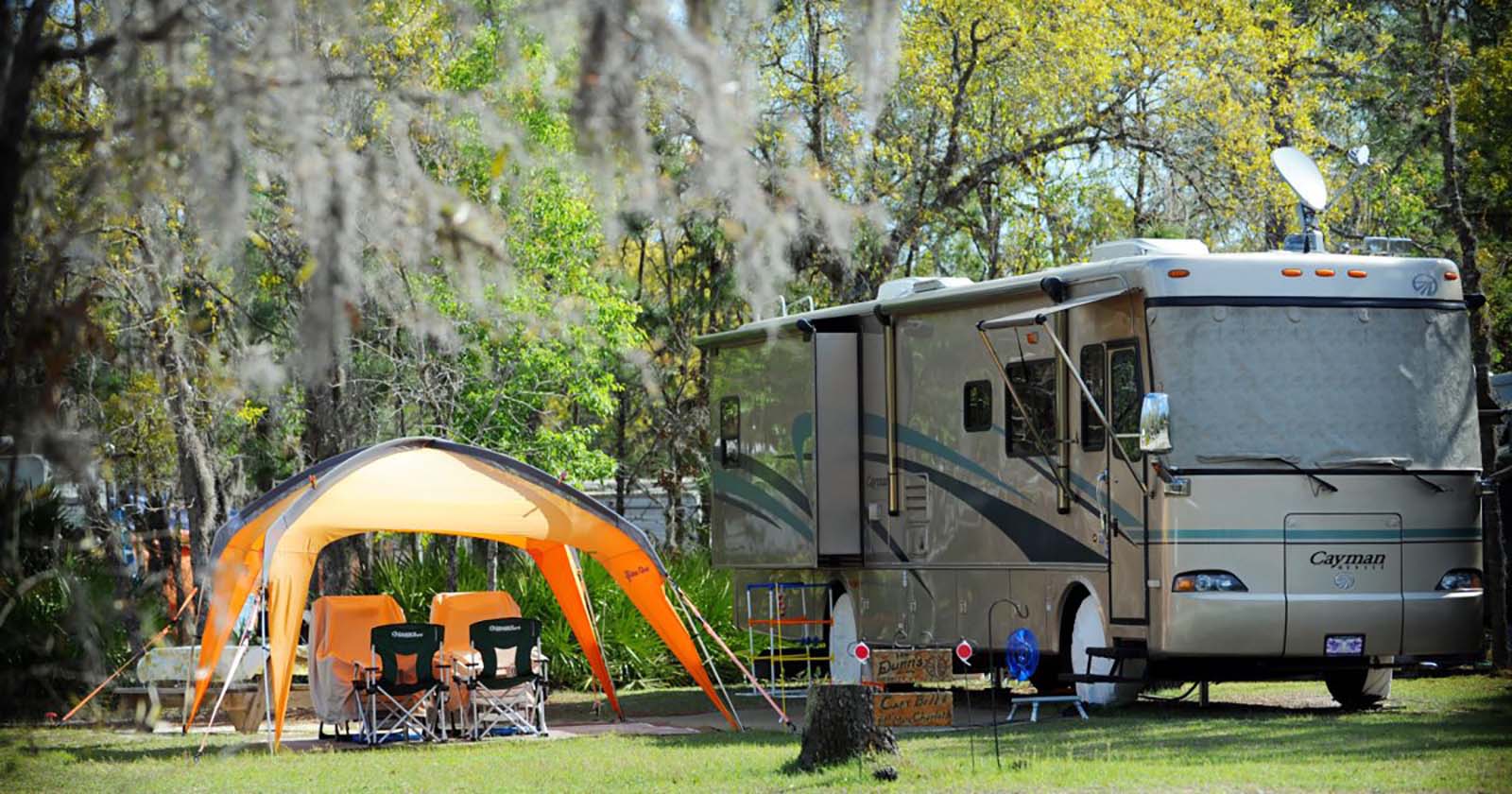H2: How to Charge an RV Battery with a Generator H3: Introduction RV batteries are crucial for powering various appliances, lights, and systems within your recreational vehicle. When camping in remote areas without a traditional power source, you may need to rely on a generator to charge your RV battery. Charging an RV battery with a generator is a simple process that requires proper equipment and some knowledge of the procedure. In this article, we will guide you through the steps to effectively charge your RV battery using a generator.

H3: Step 1 – Ensure Safety Precautions Before you begin charging your RV battery, it is important to ensure your safety. Turn off the generator and locate the battery compartment of your RV. Make sure the generator is not running during the battery charging process to avoid any potential accidents. It is also advisable to wear safety gloves and goggles to protect yourself from any potential hazards.
H3: Step 2 – Gather the Required Equipment To charge your RV battery with a generator, you will need a few essential equipment pieces. Firstly, you will need a generator that meets the power requirements of your battery. Ensure that the generator has a battery charging feature, as not all generators are equipped with this function. Additionally, you will need appropriate jumper cables or a battery charger designed for RV batteries. Make sure these cables or charger are in good condition and have the necessary capacity to handle the voltage of your RV battery.
H3: Step 3 – Connect the RV Battery to the Generator Start by turning off all devices and systems in your RV to avoid any power surges during the charging process. Open the battery compartment and identify the positive (+) and negative (-) terminals on the battery. Attach the positive jumper cable or charger clamp to the positive terminal of the battery and the negative cable or clamp to the negative terminal. Make sure the connections are tight and secure to avoid any sparks or accidents.

H3: Step 4 – Start the Generator Once the RV battery is connected to the generator, you can start the generator. Follow the manufacturer’s instructions to ensure the proper startup procedure. Once the generator is running, it will begin supplying power to your RV battery. Monitor the battery voltage using a battery monitor or voltmeter to ensure it is being charged effectively. Keep an eye on the generator’s fuel levels to ensure it does not run out of fuel during the charging process.
H3: Step 5 – Monitor and Disconnect Allow the generator to run for a sufficient amount of time, generally until the RV battery reaches its maximum charge. Continuously monitor the battery voltage to avoid overcharging, as it can cause damage to the battery. Once the battery is fully charged, turn off the generator and disconnect the jumper cables or charger clamps from the battery terminals. Close the battery compartment securely.
H3: Additional Tips for RV Battery Charging with a Generator – It is advisable to charge your RV battery during daylight hours to minimize noise disturbances for fellow campers. – Consult your RV owner’s manual for specific instructions and guidelines for charging the battery. – Regularly check the water levels in your RV battery and add distilled water if necessary to maintain optimal performance. – If you are not familiar with generator usage or battery charging procedures, consult an RV technician for guidance and assistance.

H3: Conclusion Charging an RV battery with a generator allows you to enjoy the comforts of your recreational vehicle even when you are camping in remote areas. By following the appropriate safety precautions and using the proper equipment, you can ensure a successful charging process. Remember to regularly maintain and monitor your RV battery to prolong its lifespan and avoid any unexpected complications during your camping adventures.

